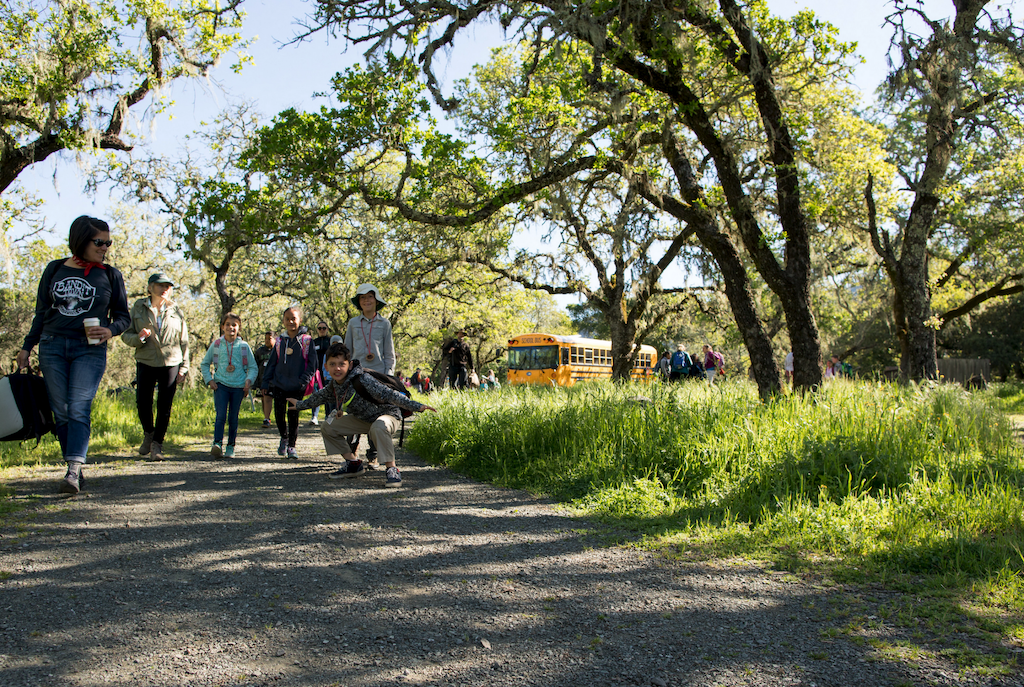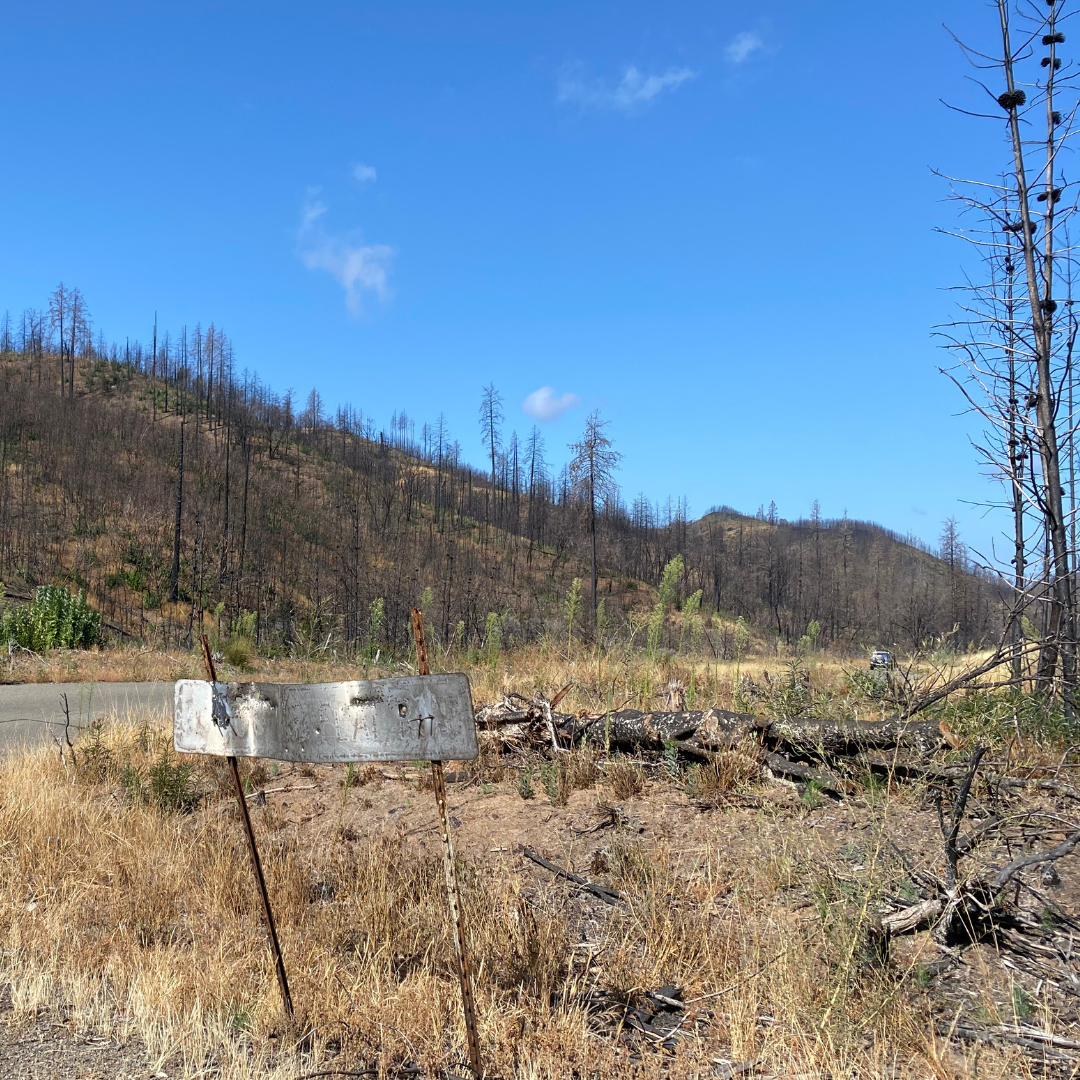During winter, over 35,000 waterbirds, along with tens of thousands of shorebirds and gulls, pack the surface waters of Tomales Bay. This extraordinary phenomenon led, in 2002, to global recognition of Tomales Bay as a Ramsar Wetland of International Importance.
For three decades ACR has tracked the abundances of nearly 60 species of loons, grebes, cormorants, ducks and other waterbirds in the bay. These studies have revealed patterns of winter population growth and decline that are complicated enough to seem mysterious.
A magnet for herring spawning
Beneath the surface, tens of millions of Pacific herring (Clupea pallasii) also enter the bay each winter, to spawn in the vast, subtidal meadows of eelgrass. These events precipitate spectacular waterbird feeding frenzies. As each school of herring swims into the bay, it is marked by a dense cloud of foraging waterbirds, following the fish as they drift slowly southward toward the spawning beds.
The California Fish and Game Commission recently adopted a policy recognizing the importance of small forage fish, such as Pacific herring, in sustaining healthy marine ecosystems. Perhaps surprisingly, science has yet to determine how strongly waterbirds in our estuaries actually depend on Pacific herring or their roe.
Measuring the ecological importance
To ensure that principles in the new policy find their way into responsible fisheries management, ACR is using herring data from the California Department of Fish and Wildlife to measure the ecological importance of herring to waterbirds.
Despite the complicated dynamics of winter waterbird abundances, we have found that fluctuations in herring availability lead to persistent changes in waterbird numbers over multiple years. Affected by intensive fishing, local problems in spawning areas and climate change, the availability of herring along the Pacific Coast is threatened.
Our work will provide important insights needed to implement the new state policy and ensure the protection of estuarine waterbirds.

Waterbirds foraging on Pacific herring near ACR’s Cypress Grove Research Center on Tomales Bay.
Synopsis of article in our 2016 edition of The Ardeid, ACR’s Journal of Conservation Science and Stewardship. Supporter-level members receive a complimentary print edition of The Ardeid. Become a member today to receive your copy!




